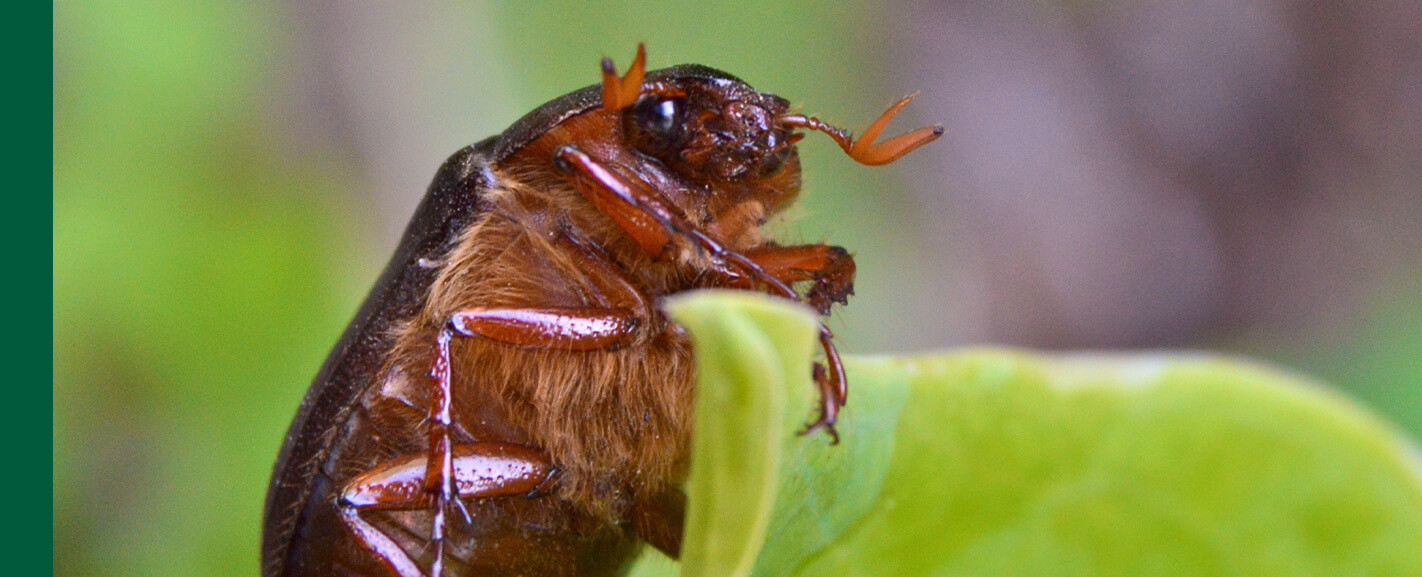Introduction
June bugs, known scientifically as Phyllophaga species, are common garden pests that can cause significant damage to plants and lawns. These beetles emerge in late spring and early summer, feeding on leaves and roots, which can stunt plant growth and reduce garden health. If you’re noticing holes in your foliage or patches of dead grass, June bugs might be the culprit. This article will guide you through expert-backed methods to identify, manage, and effectively get rid of June bugs in your garden.
Understanding June Bugs and Their Impact
What Are June Bugs?
June bugs are medium-sized, reddish-brown beetles active mostly at night. Their larvae, known as white grubs, live underground and feed on plant roots, while adults consume the leaves of trees and shrubs. Both stages can cause damage, but the larval stage is often more harmful to lawns.
Why You Should Control June Bugs
Unchecked June bug populations can lead to:
– Bald patches in lawns due to root feeding
– Defoliated shrubs and trees
– Reduced plant vigor and yield
Early intervention helps maintain garden health and prevents costly plant replacements.
Identifying June Bug Infestation in Your Garden
Signs of Adult June Bugs
- Presence of beetles flying around lights at dusk
- Chewed leaves with irregular holes
- Beetles resting on plants during evening hours
Signs of Larvae (White Grubs)
- Brown, dying grass patches
- Soil that feels loose and easy to lift
- Birds or animals digging in your lawn looking for grubs
Confirming the presence of white grubs by digging a small section of lawn can help you determine if June bugs are the problem.
Proven Methods to Get Rid of June Bugs
Manual and Cultural Controls
- Hand Picking: Collect adult beetles at night using a flashlight and drop them in soapy water.
- Reduce Outdoor Lighting: June bugs are attracted to lights; minimizing outdoor lighting can reduce their activity.
- Maintain Healthy Soil: Aerate soil regularly to discourage grub development and promote strong root systems.
Biological Controls
- Beneficial Nematodes: These microscopic worms infect and kill white grubs without harming plants or pets. Apply nematodes in late spring or early summer when grubs are active.
- Predatory Birds: Encourage birds by providing feeders and water sources, as they naturally reduce grub populations.
Chemical Treatments
- Insecticides: Use grub-specific insecticides containing imidacloprid or chlorantraniliprole. Apply according to label instructions in early summer for best results.
- Preventive Applications: Treat your lawn before larvae hatch to minimize damage.
Always follow safety guidelines and consider integrated pest management (IPM) principles by combining methods for sustainable control.
Maintaining a June Bug-Resistant Garden
Plant Selection and Garden Practices
- Choose plant varieties less attractive to June bugs.
- Remove garden debris and thatch where grubs can thrive.
- Water deeply but infrequently to strengthen plant roots.
Regular Monitoring
- Inspect plants weekly during peak June bug activity.
- Use pheromone traps to monitor adult beetle populations.
Consistent vigilance helps catch infestations early and keeps your garden healthy year-round.
Conclusion
Getting rid of June bugs in the garden requires a combination of identification, cultural, biological, and chemical strategies. By understanding their life cycle and habits, you can apply targeted methods such as beneficial nematodes and selective insecticides to protect your plants effectively. Maintaining healthy soil and monitoring your garden regularly will reduce the chances of future infestations. Start implementing these expert-backed tips today to enjoy a thriving, June bug-free garden tomorrow.
